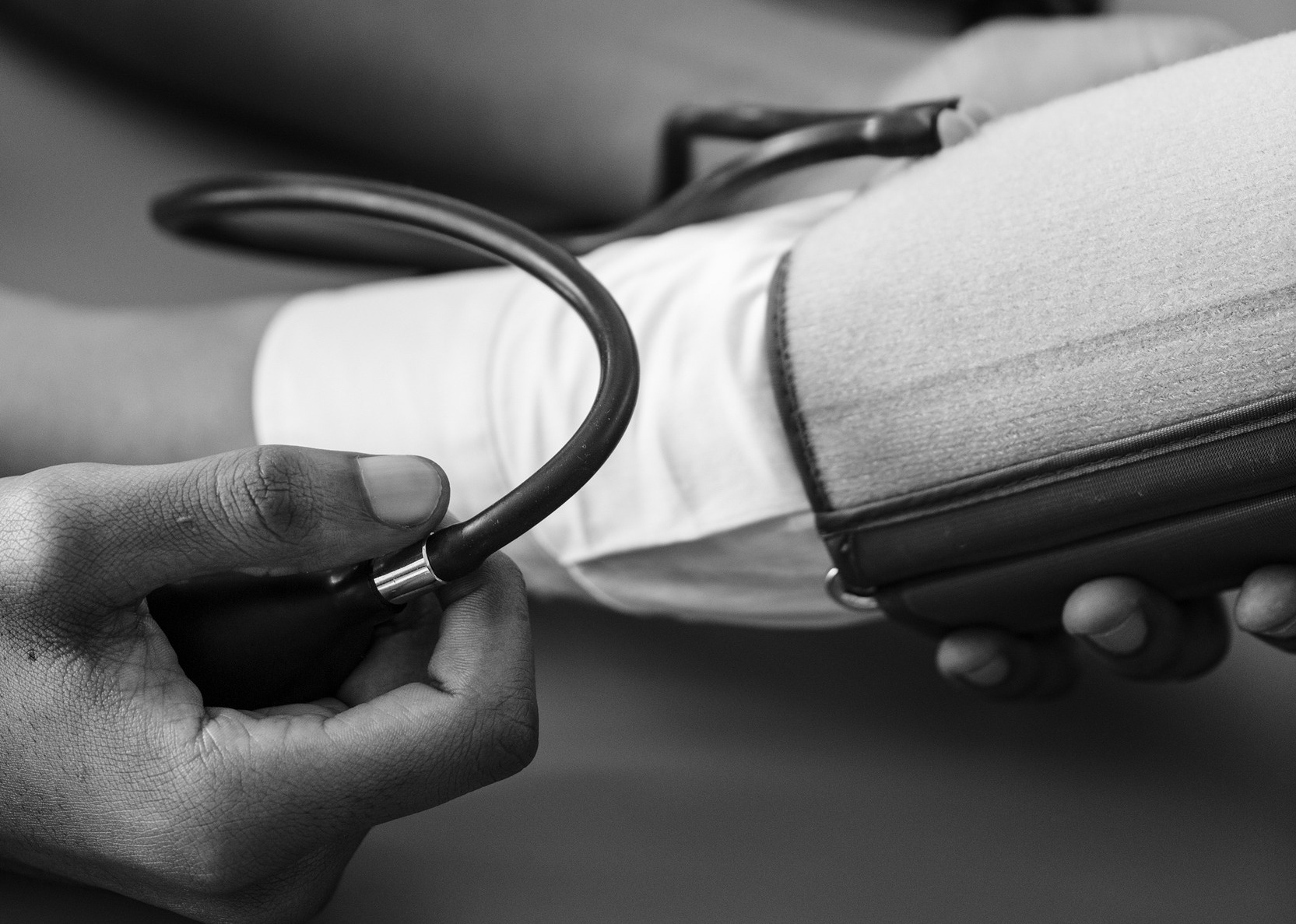Have you heard? New guidelines from the American Heart Association and American College of Cardiologists have changed the way “high blood pressure” is being defined, eliminating the idea of prehypertension and re-evaluating what qualifies as a normal blood pressure range. Whereas a blood pressure reading of 140 – 153 mmHg (systolic) over 90 – 96 mmHg (diastolic) used to clinically define early stage “hypertension”, now a lower reading of 130 – 139 mmHg (systolic) over 80 – 89 mmHg (diastolic) does.

What exactly do systolic and diastolic pressure reading means?
The top number of a blood pressure reading, or the systolic pressure, quantifies the force of blood through your blood vessels when your heart is pumping. The bottom number of a reading, or your diastolic pressure, reflects the force of blood between beats when your heart is at rest. Consistent blood pressure readings over 120/80 mmHg are considered elevated or high blood pressures (hypertension) and should be acted on with lifestyle measures (diet, exercise, etc.) to avoid the need for medicine down the line.
What causes high blood pressure?
Anything which compromises the integrity of the heart or vascular system can negatively impact blood pressure. This includes cholesterol build-up, high sodium consumption, insufficient intake of electrolytes, existing conditions like diabetes, sleep apnea, chronic kidney disease and thyroid disorders, inactivity, smoking, stress, and frequent alcohol consumption.

Even runners with excellent diets who have been running for 10 or 20 years may still experience hypertension. While exercise plays a key role in strengthening the heart muscle so it can more efficiently pump blood, non-controllable risk factors like age, family history, race, gender, and genetics can also make you more susceptible to hypertension.
What are the dangers of hypertension pressure?
Unfortunately, hypertension persists as a leading risk factor for a host of diseases and chronic conditions including stroke, coronary artery disease, enlarged heart, diabetes, bone loss, kidney failure, sexual dysfunction, trouble sleeping, nerve damage, impaired vision, and even dementia.
Essentially, the more wear and tear your blood vessels experience from a consistently higher higher force of blood than normal through them, the weaker and more damaged they become. Weak and damaged blood vessels and arteries can harden, thicken, and narrow (this is known as atherosclerosis), as well as become unable to support proper blood flow and filtration.
Hypertension also poses serious dangers simply because it’s almost non-symptomatic, commonly referred to as a “silent killer.” You can’t really feel high blood pressure (it’s not the same as a high heart rate), and it’s only when complications from it develop that many people start to take action to address it.
What can runners do to address high blood pressure?
The first thing runners with concerns about high blood pressure can do is start self-monitoring. It’s super easy these days to get an accurate blood pressure reading at home with your own digital monitor that goes around your upper arm or wrist. If you are concerned about the accuracy of it, test it against the one in your doctor’s office or at your local pharmacy.
You want to make sure you check your blood pressure around the same time each day following the instructions that come with your monitor. Typically they’ll guide you to sit up straight with your feet flat on the floor and the arm with the monitor on it being raised to heart level. By taking daily pressures you can establish a baseline idea of your average blood pressure.
Take your readings to your next doctor’s appointment and start a dialogue. Your doctor will discuss your activity levels, medical history, and other contributing factors with you and together you can formulate a plan for tackling high blood pressure (if that’s the case) with diet, exercise, habit changes, and possibly medicine.















